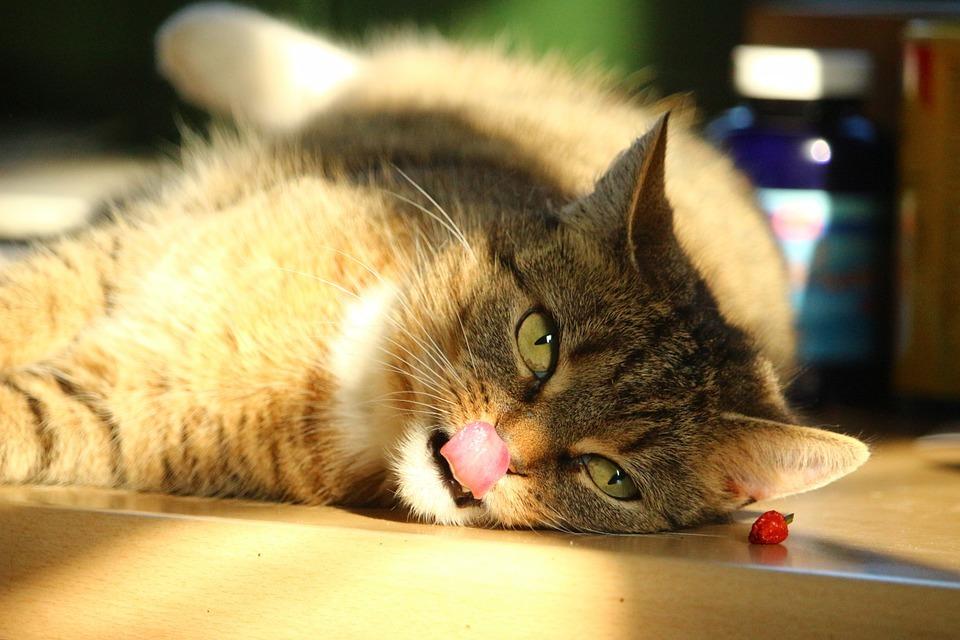Content :
by: Ekaterina A.

Feeding cats with natural food is as close as possible to the conditions of the wild. Despite this, such a diet has its own disadvantages and nuances. Before you feed your animal with regular foods, be sure to familiarize yourself with possible problems and characteristics. This will help weigh the pros and cons between dry food and natural food.
Why hosts choose natural feeding
Most owners refuse dry food, choosing a more natural way of eating. Citing the advantages of the “natural” as an example, they often forget about its shortcomings.
Advantages
The main advantage is the ability to independently control the quality of ingredients. This eliminates the presence of harmful chemicals and artificial components.
With such a diet, it is easier to choose an individual diet, starting from the characteristics and preferences of your pet. It is much easier to get accustomed to “natural” than to “drying”. Cats are predators, so they gladly eat meat and offal.
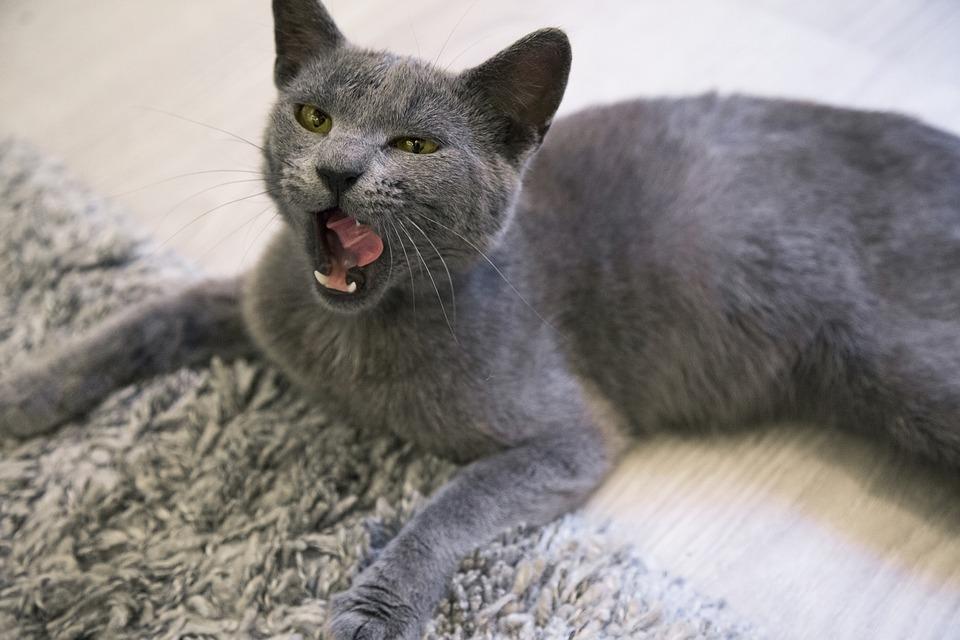
Possible disadvantages
Natural cat food should always be fresh, which means it will have to be prepared every day. This takes a lot of time and effort, so not all owners are ready for such sacrifices.
In addition to the laboriousness of preparation, it is worth noting the difficulty of achieving a balance of KBZhU (calories, proteins, fats and carbohydrates) and the mandatory inclusion of vitamin and mineral supplements. There is also a high probability of infection with helminths or poisoning associated with improper storage or preparation of food.
The main components of the diet
The natural diet for cats is composed of protein, fat and carbohydrates. Their percentage should ideally be 52:36:12.
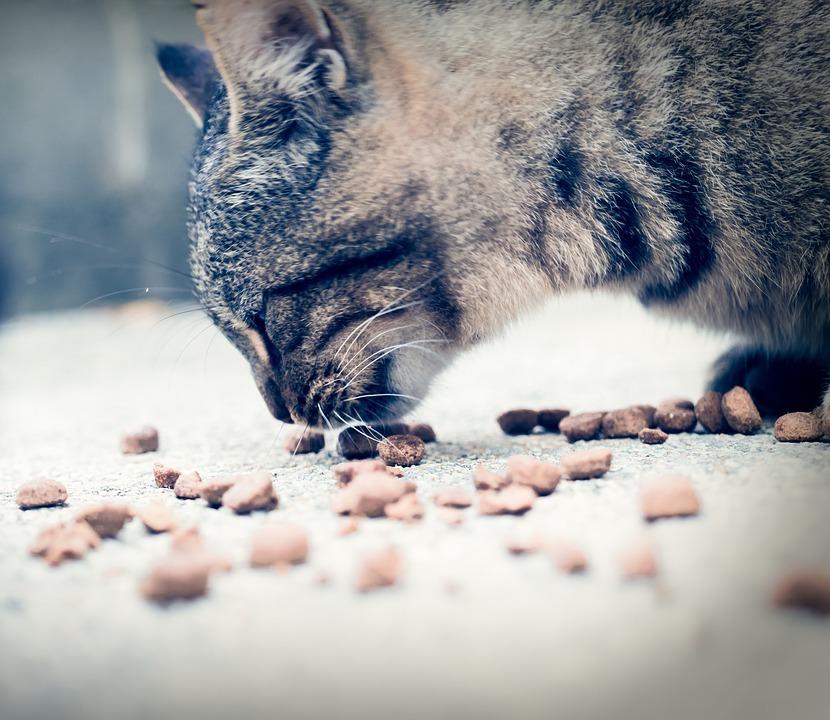
Proteins: meat and dairy products
Proteins are used to build new cells and are the main source of energy. All of them are divided into 2 large groups:
- Animals . Contained in meat (chicken, turkey, beef, rabbit, lamb), offal (liver, lung, heart), fish, eggs and dairy products (cottage cheese, kefir, yogurt). Chicken protein is the easiest to digest, and beef and lamb proteins are the worst. These proteins contain many amino acids and taurine, an essential element responsible for the protection and regeneration of cells.
- Vegetable . Contained in soybean meal, corn gluten and wheat. They are absorbed worse than proteins of animal origin and load the kidneys, which leads to alkalinization of urine. Can be used on a small scale as a temporary alternative to more expensive animal proteins.
When feeding, it is necessary to use well-frozen raw and boiled meat or sea fish, deboned. Fish can be given no more than 1-2 times a week, since the thiaminase contained in it destroys vitamin B. Eggs should be given in the same way.
Fermented milk products cannot act as a main course, therefore they are used as an additive.
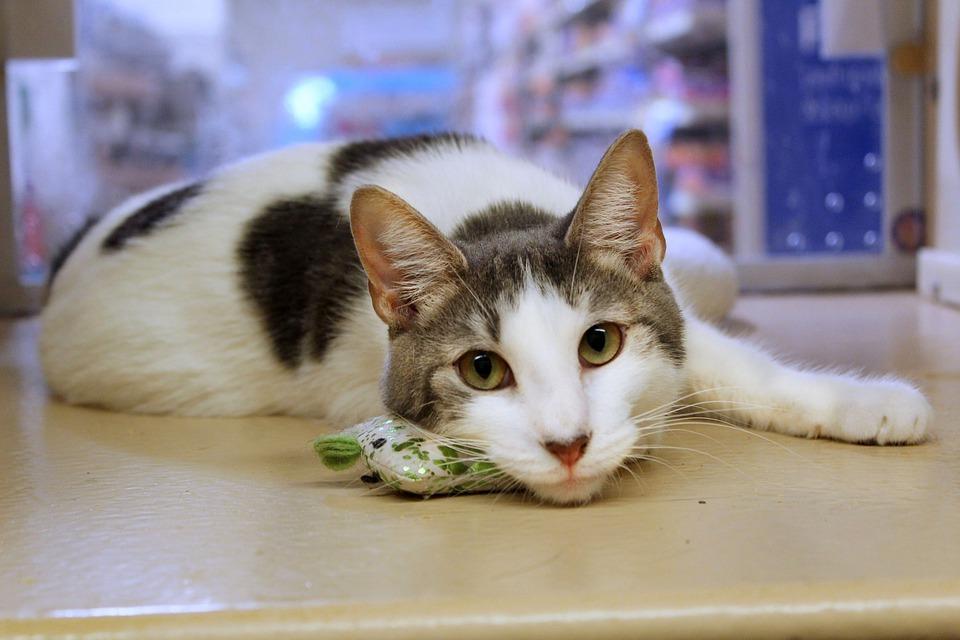
Where are the fats found?
Fats are responsible for energy “in reserve”. They are also responsible for the absorption of fat-soluble vitamins and the synthesis of certain hormones. The most beneficial fatty acid is Omega-6, found in fish. Also, this element can be obtained from corn, pumpkin or flaxseed.
Remember to keep balance. Lack of fat can affect the quality of the skin and coat, and excess fat can lead to pancreatitis and intestinal upset.
Carbohydrates: cereals and vegetables
Carbohydrates make up the smallest proportion of the natural diet for cats, as they take much more time and effort to digest. In the wild, these elements enter the feline stomach in a semi-digested form through a captured rodent.
Despite this, a small amount of carbohydrates for mustachioed pets is simply necessary. Of these, the following elements enter the body:
- fiber that normalizes stool and facilitates the removal of hair;
- a sticky substance that prevents constipation;
- glucose, which supports the functioning of the kidneys, brain and other critical organs;
- prebiotics that normalize the intestinal microflora and facilitate the absorption of food.
Carbohydrates are obtained from raw, boiled, or steamed vegetables (broccoli, squash, pumpkin) and fruits (apples). From complex carbohydrates, oatmeal, buckwheat, rice and yachka are suitable.
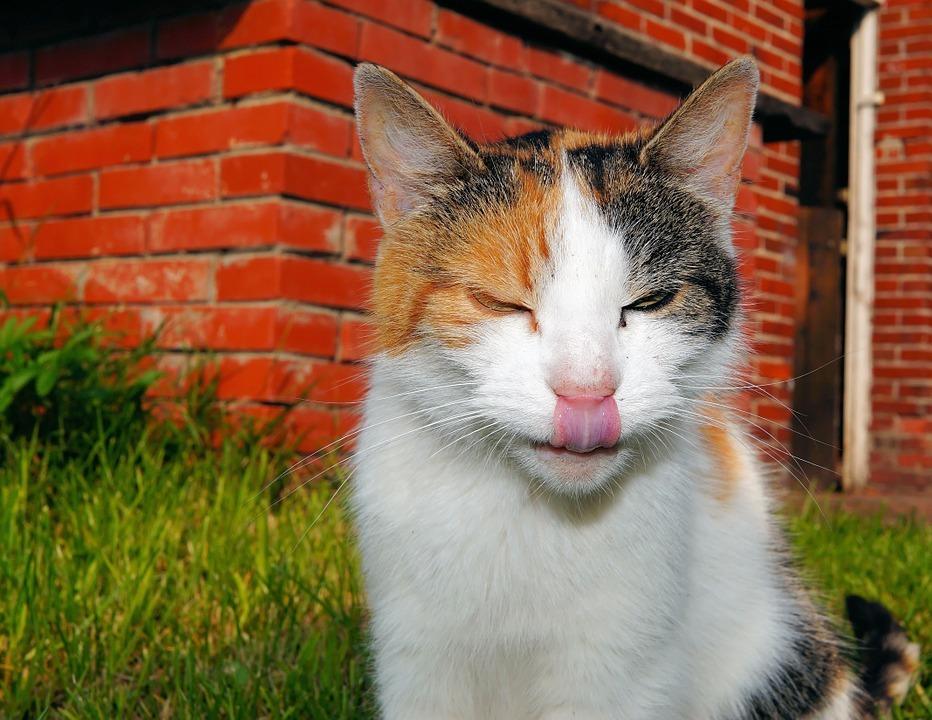
Vitamins and minerals
Unlike “drying”, “natural” for cats should be supplemented with vitamin and mineral complexes. The most important elements are:
- manganese;
- iodine;
- calcium;
- potassium;
- iron;
- taurine;
- phosphorus;
- potassium;
- omega-3 and 6;
- B vitamins and ascorbic acid.
It is better to discuss the choice of the drug with the veterinarian, since the dosage is calculated individually. In addition, sprouted oats and brewer’s yeast can be added to food.
Lack of vitamins is accompanied by a deterioration in the quality of the coat, weight loss, loss of activity and frequent colds. Excess is no less dangerous, so never buy drugs on the advice of friends.
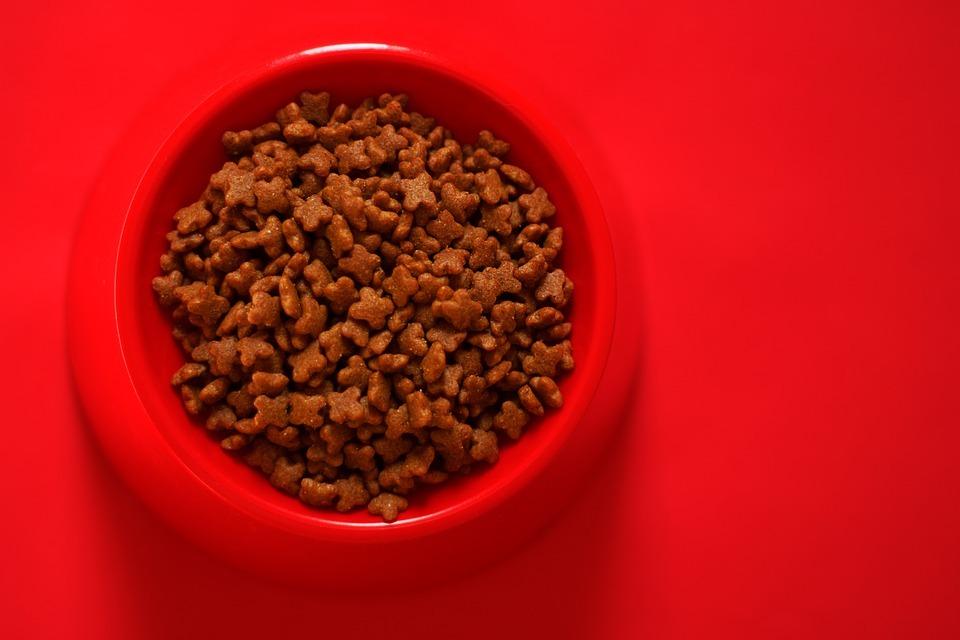
What foods should not be given to a cat
Before feeding your cat natural food, read the list of prohibited foods. These include:
- millet, pearl barley, semolina and corn grits;
- river fish and any bones;
- potatoes and mushrooms;
- legumes and cabbage;
- onions, sorrel and garlic;
- pork and lard;
- grapes and raisins.
Milk is useful only for kittens, as the body of adult animals does not assimilate lactose. It is also worth excluding any handouts from the table: flour, spices, pickles, smoked meats, sweets, fatty and fried foods.
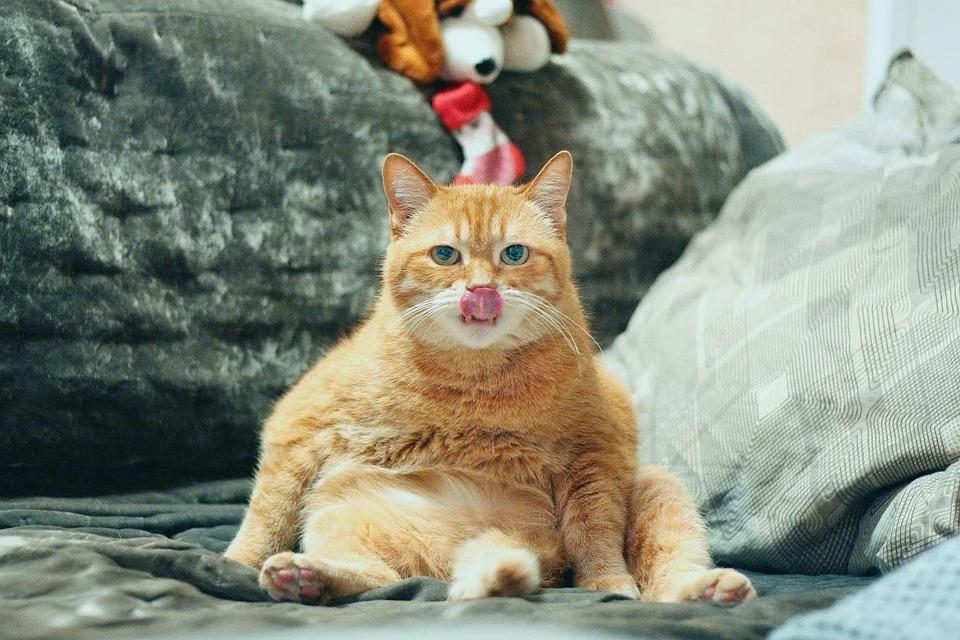
Calculation of the daily portion of natural food
On average, the daily portion for an adult cat is 5% of body weight. For simplicity, you can limit yourself to this indicator, but it is more reliable to take into account the characteristics of your pet and calculate not the number of grams, but the total calorie content.
For this purpose, it is recommended to use the following formula:
K * (30 * m + 70), where K is the multiplier and m is the weight of the animal.
The coefficient values can be found in the table below.
| Physiological features | K |
| Lactation period | 2-4 |
| Pregnancy | 1.6-2 |
| Adult and active animal | 1.6 |
| Adult animal with low activity | 1.4 |
| Kitten or low weight adult | 1.2-1.4 |
| Having castration or sterilization | 1,2 |
| Elderly age | 1.1 |
| Frequent overeating, fraught with early obesity | 1 |
| Physician-confirmed obesity | 0.8 |
If your kitten is carrying kittens and weighs 4.5 kg, then she will need 328-410 kcal per day. To get the size of one serving, the indicated number of calories must be divided by 2, since adults eat twice a day.
Important rules
Eating natural foods for your cat must be safe. Be careful when buying meat to eliminate the presence of hormones and parasites.
Observe regular feedings. This will help wean you from begging and eliminate prolonged hunger. Kittens up to 3 months are fed at least 6 times a day, gradually reducing the frequency to 2 times a day by 1 year.
Serve food in the same place and be sure to use different bowls when you have multiple pets. This will exclude fights with subsequent overeating in the strongest pet. Remember that food should be at room temperature, and leftovers should be thrown away or refrigerated for several hours.
5 recipes for mustachioed pets
Recipes for natural food cats will help make the menu more varied and delicious. After discovering the most popular dishes, you can easily prepare your own masterpieces.
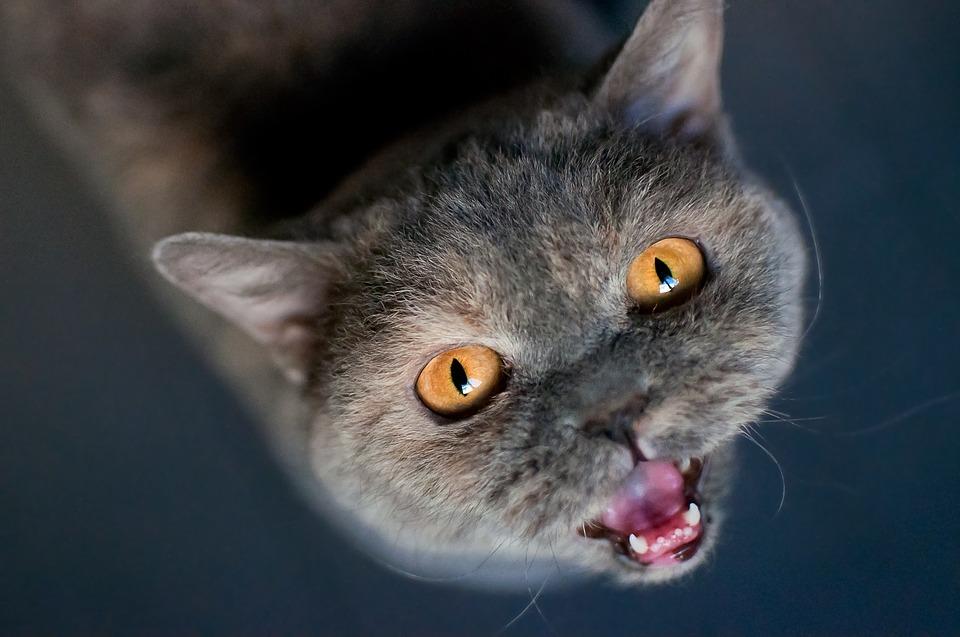
Buckwheat porridge with chicken and cabbage
Rinse with 100 g of buckwheat and pour 200 ml of boiling water over it. Close the container with the cereal with a lid and leave it overnight. Boil 200 g of chicken and 3 heads of broccoli. Cut the chicken and cabbage into small pieces and mix them with buckwheat, not forgetting to add 1 tbsp. l. vegetable oil.
Ice cream for mustachioed pets
Sweets for cats are taboo. Instead of standard ice cream, you can please your pet with a frozen mixture of 100 ml of fermented baked milk and 200 g of low-fat cottage cheese. Simply combine these ingredients with a blender, pour into molds and place in the freezer. Such a delicacy will surely delight your pet in hot weather.
Meatballs
Boil 100 g of rice and 200 g of any vegetables (carrots, pumpkin, zucchini). Scroll them through a meat grinder along with 1 kg of chicken. Add 50 ml chicken stock and 1 tbsp. l. vegetable oil. Blind meatballs from the resulting mass and send them to the freezer. Serve the cooked dish thawed.
Creamy soup with meatballs
Prepare the minced chicken, separate 100 g from it and mold the meatballs. Boil them until tender and remove from the pan. Add 20 g of any vegetables from 1 tbsp to the broth. l. rice and boil them for 15 minutes. Whisk the stock with vegetables and rice with a blender until smooth and add the meatballs.
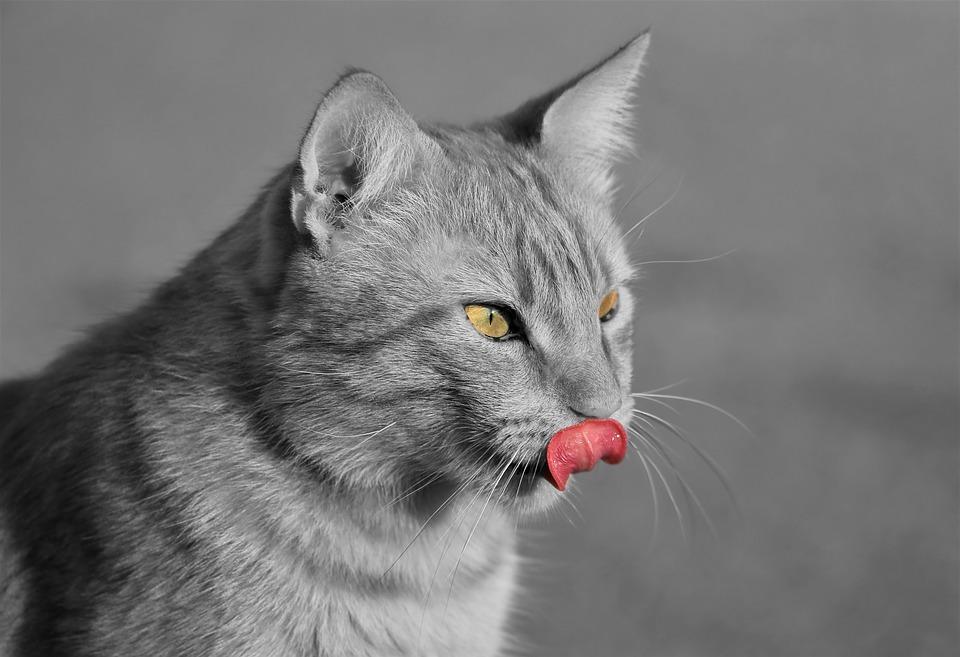
Chicken pate
Boil 1 kg of chicken and 1 carrot. Scroll the ingredients through a meat grinder. Add 50 g butter and 200 ml chicken broth to the minced meat. Cool the resulting pate, divide into portions and store in the freezer.
Approximate diet for 4 days
Before going to the store, think over the diet in advance for the week ahead, starting from the permitted products. For an example, check out the 4-day adult pet menu.
| Day | 1st meal | 2nd meal |
| First | Cottage cheese with raw quail egg | Boiled cod with vegetables |
| Second | Minced chicken with vegetables, seasoned with vegetable oil | Chicken fillet with buckwheat and carrots |
| Third | Boiled beef with zucchini | Boiled chicken liver with oatmeal and herbs |
| Fourth | Broccoli puree with cottage cheese, seasoned with kefir and vegetable oil. | Chicken hearts with cottage cheese |
When choosing a menu, do not forget to take into account KBZHU in order to exclude a shortage of necessary elements. Pay special attention to animals with special needs.
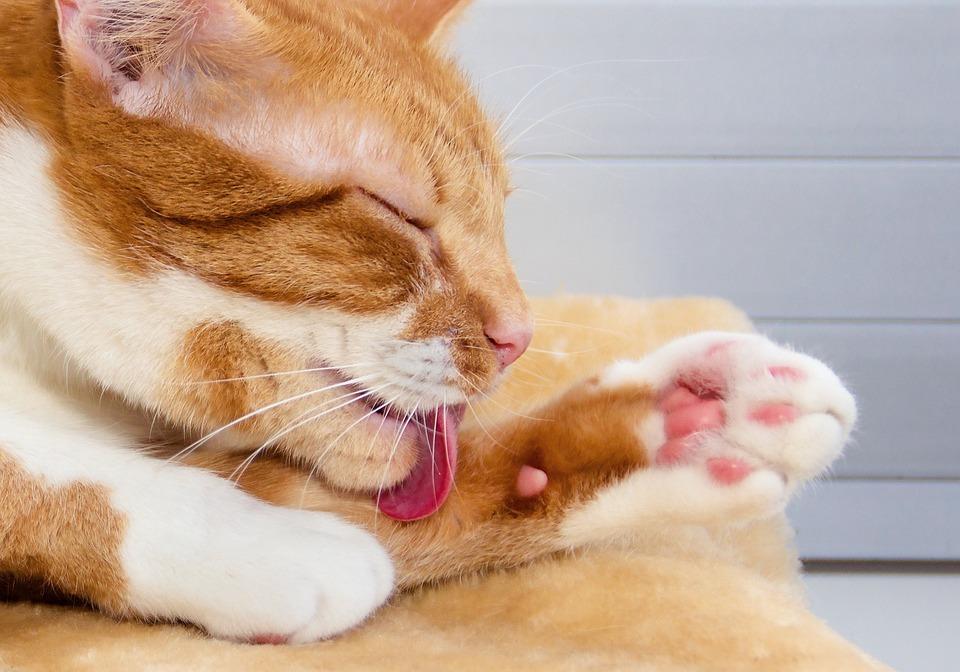
Feeding cats with special needs
A separate category includes pets marked in the table with the calculation of the coefficient for determining the daily calorie content. In addition to the number of calories, when planning their menu, you will have to take into account a few more important nuances.
Pregnant and lactating females
During pregnancy and lactation, females provide food not only for themselves, but also for their kittens. For this reason, during these periods, the calorie content is increased by 1.5-2 times. Due to the change in the amount of food, the frequency of feeding is increased up to 5-6 times. This makes it easier to digest.
The pet should be fed with the proteins of chicken eggs and vegetable oil should be added to its food. This will help prevent too much protein consumption during lactation and prevent constipation.
Kittens
For the first 4-8 weeks, the kittens have enough breast milk. After this time, you can enter the first complementary foods , consisting of:
- meat broth and minced meat;
- vegetable puree;
- boiled yolk;
- slimy rice porridge and semolina;
- low-fat cottage cheese, kefir and yogurt.
Unlike adults, most kittens’ food should be carbohydrates. Make sure you get enough calcium for bone growth.
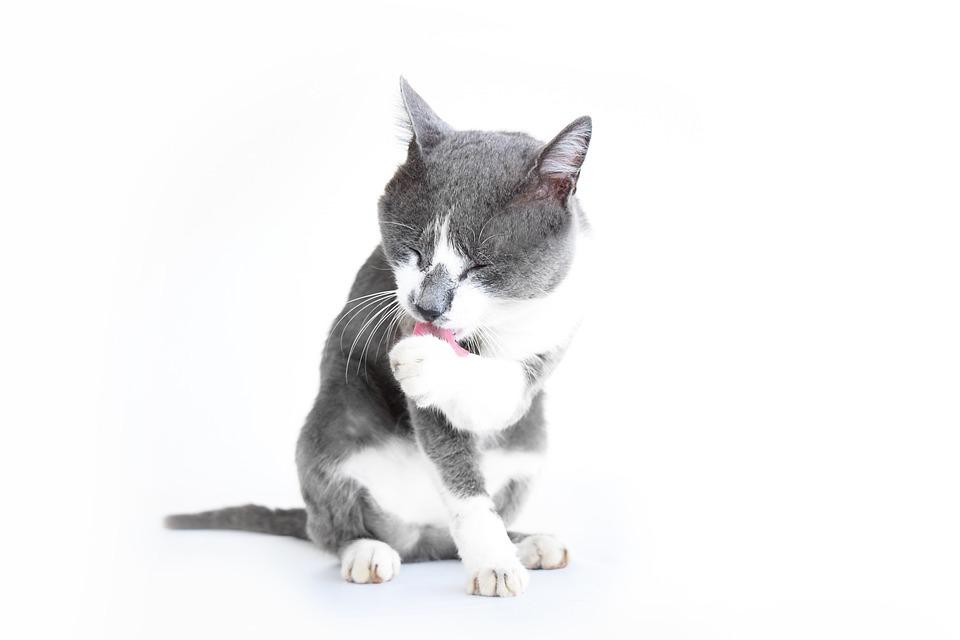
Elderly individuals
Metabolic processes slow down with age. An older cat needs much less food than a young one. Additionally, dental problems develop. During this period, you should use soft and easily digestible food, increasing the number of meals to reduce the load on the stomach.
Allergy sufferers
If you suspect an allergy, you need to find an allergen. For this, an elimination diet is used, which involves the gradual elimination of basic foods. First of all, it is recommended to remove chicken and egg whites, as they often cause allergic reactions.
With chronic diseases
For chronic ICD, it is recommended to reduce proteins, abandoning plant proteins in favor of animals. Chicken, turkey and rabbit meat put much less stress on the kidneys and liver and are therefore preferred.
Another useful recommendation for sick pets is fractional nutrition. Frequent but small portions reduce the stress on the damaged organ and facilitate the digestion process. It is better to find out the exact menu from the veterinarian, as it is always selected individually.
Sterilized and neutered animals
Sterilization and castration slow down the metabolism, causing obesity. After surgery, you need to use more fiber to create a feeling of fullness with a low calorie intake. You should also give up fish in any form, since the removal of reproductive organs increases the risk of developing KSD.
Underweight or overweight
When you are underweight, it is forbidden to lean on fats, since a weakened liver will not be able to cope with such a load. To gain mass, it is necessary to use dishes with a high calorie content in order to increase the number of calories per day without violating the BZHU norm. Protein should remain the basis of the diet. In this case, the cat will gain weight from muscle, not fat.
Overweight needs to be dealt with in a similar way. Don’t try to cut back on fats or carbs, just cut back on your total calories. Reduce portions gradually to avoid stress.
In both situations, feeds should be frequent. Small portions are easier for the stomach to digest, and the absence of long breaks between meals eliminates fasting.
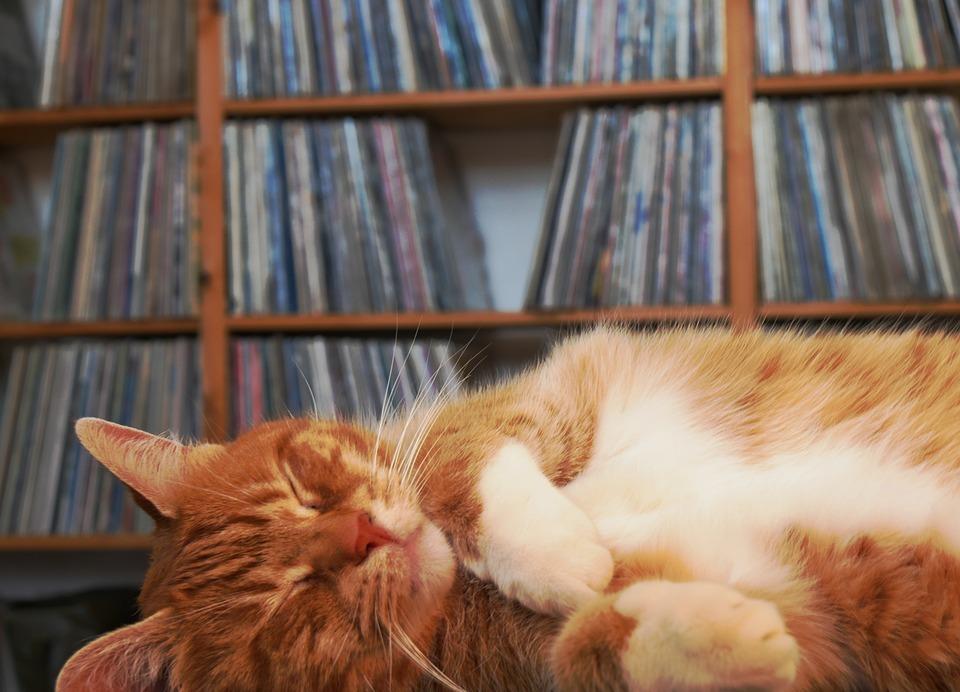
Possible problems
Eating natural food for cats does not always follow the planned scenario. Most often, problems arise when transferring to “natural” from “drying”.
Food allergy
Allergy to food is not only among people, but also their mustachioed pets. If alarming symptoms are detected, it is necessary to identify the allergen product and permanently exclude it from the menu.
Avoiding meat
If the cat is happy to eat all the other ingredients, then it should be shown to the veterinarian. There is a high likelihood of having a digestive problem. In the opposite situation, the reason for the failure may be a change in power supply. If your pet ate dry food all the time, then give him time to get used to new dishes.
The cat does not eat or overeats
Raw meat takes a long time to digest, giving you a long feeling of fullness. If the pet does not gorge itself, feed it strictly raw meat dishes. Don’t forget to make sure he has enough fiber. She also fights well with hunger.
Frequent overeating is fraught with obesity and the resulting pathologies. If the cat has a round barrel and a sagging tummy, cut off the calorie content and single portions, not forgetting to increase the number of feedings up to 5-6 times instead of the standard 2.
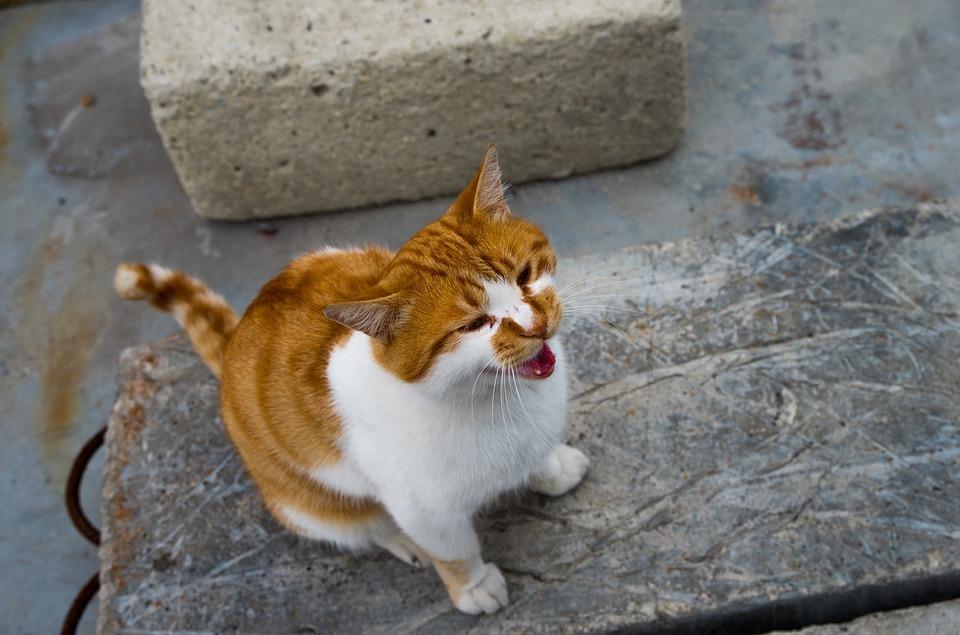
Transfer of a cat to natural food
It is necessary to transfer to a new diet gradually. Mix regular food with dry food, increasing the proportions daily. The complete transition can take about 2 weeks.
You can use another option by distributing the food in different bowls. In this case, the cat will eat new dishes unchanged, without eating a reduced portion of dry food.
Drinking regime
Drinking water must be bottled or filtered. This eliminates the presence of salts. Refresh the water daily and keep it in the bowl at all times.
Place several containers in the house for reliability. Sometimes cats are too lazy to walk to the kitchen. For this reason, they may not get their daily allowance.
Most dietary recommendations are based on the habitat in the wild. Unlike stray cats, domestic cats rarely catch birds and mice, do not fight for territory and prefer a couch lifestyle. Low activity and individual characteristics impose many restrictions that exclude similarities with average indicators. For this reason, it is better to discuss the menu of your pet with your veterinarian.


